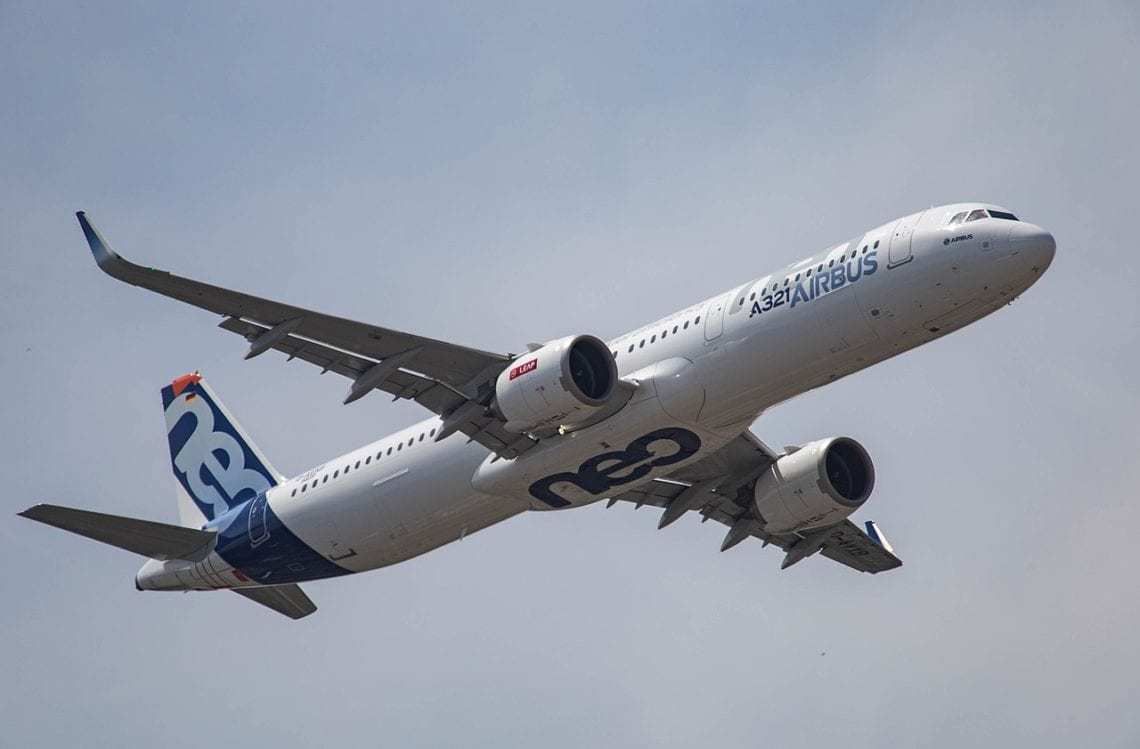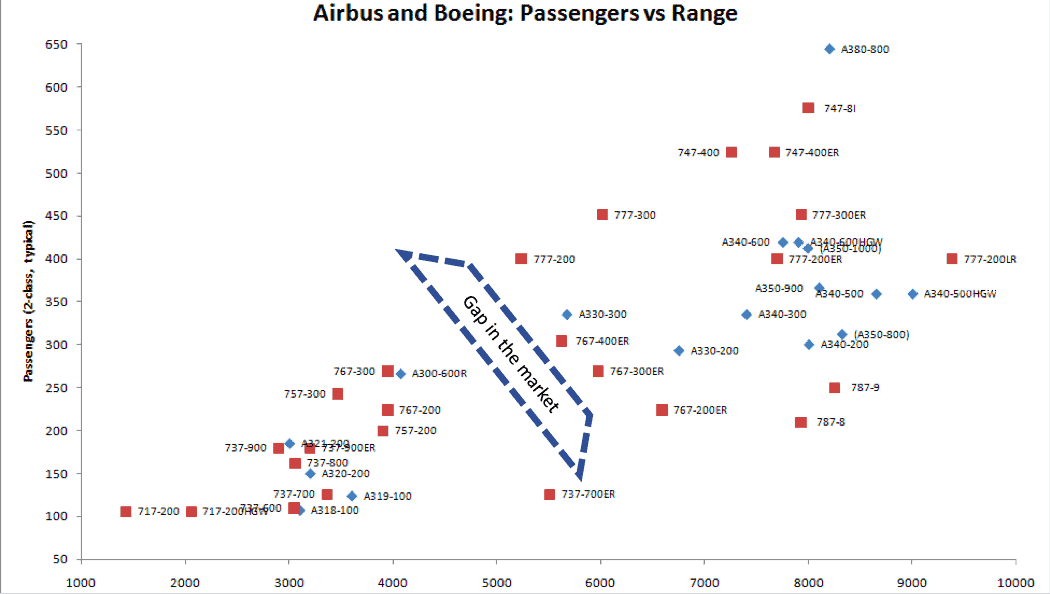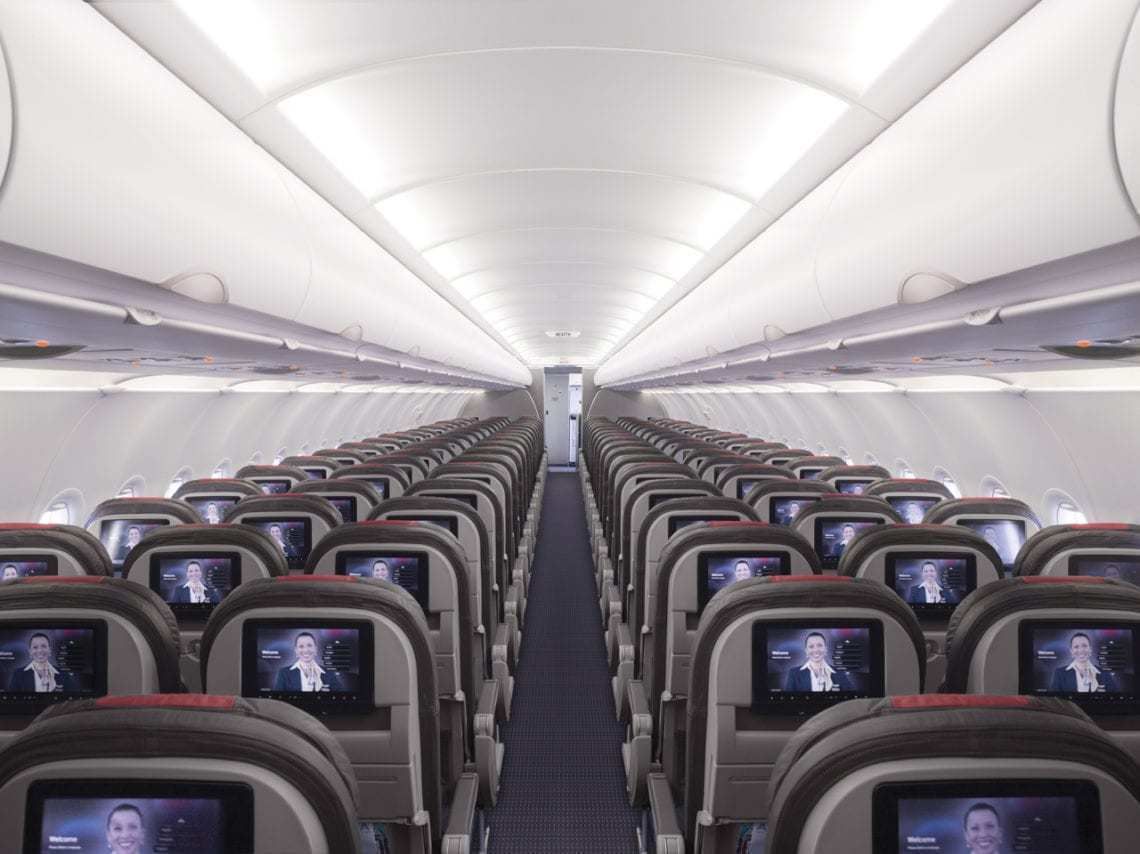With Airbus wrapping up the A380 program and successfully launching the A350, what's next for their team of talented engineers and designers?
One possibility is the A370, an aircraft designed for a unique niche market that is expanding across the world.
We love to speculate about different types of possible aircraft here at Simple Flying. Here are a few of our favorites:
- A350-8 - The shrunken A350
- Boeing 797 - The new middle of the market aircraft from Boeing
- Airbus A220-500 - Possible replacement of the A320 series
Could the A370 be the next Airbus aircraft and what would it look like?
Note: This article uses a lot of speculation and may have some paradoxical points. If you spot anything that sounds a bit far fetched, do let us know in the comments!
What gap would the A370 fill?
Let's begin by looking at the current gap in the market. If we were to plot most commercial aircraft available right now, on a passengers by range graph, here's what it would look like:
As you can see, any A370 would have to exist in this gap as to not cannibalize any existing Airbus aircraft sales. Current options that come close to filling the gap, such as the A330neo-800 and Boeing 787-8, as well as proposals like the 787-3 and A350-8, have not been popular with airlines.
Thus perhaps a twin-aisled aircraft is perhaps not what the industry needs. Instead, could the answer be a 'Super Narrowbody'.
“Whether it is Airbus A330 or Boeing 787, wide-bodies are just too powerful and overly heavy to carry 200-250 passengers on a 1000-2000 km long route. Moreover, operating a wide-body for a short-haul flight means that the aircraft will run out of its resources substantially faster than planned. And repairing a wide-body sometimes calls for a dozen times larger investment than in the narrow-body case“, comments Tadas Goberis, the CEO of AviaAM Leasing to Aviation Pros.
This aircraft could facilitate the 'more point to point travel and increased frequencies' business model for airlines.
“Their increased range and efficiency allows them to not only compete in a market once solely dominated by widebodies but to also fulfill a niche that has clear demand,” Gediminas Ziemelis, Chairman of the Board at Avia Solutions Group commented to Aviation Voice.
This would also fill in the gap left by the departure of the Boeing 757, which previously carried up to 290 passengers.
We would imagine two versions of the A370, the A370-8, and A370-9 (naming conventions, of course, are just for fun). It would fill in a gap for Airbus between the A321LR and the A330neo-800
- A370-8 - 286 passengers to a range of 5,200 nautical miles
- A370-9 - 316 passengers to a range of 4,700 nautical miles
Essentially a supersized A321 XLR that has a single aisle but can carry many passengers (including using the extra room to fit in premium customers in business class). It would use the new NEO engine (UltraFan) expected in 2025 and use composite materials to be as light as possible.
The last advantage is that this aircraft could be built quickly and easily using the already acquired knowledge of the A330neo and A321neo series, plus the material and composites used in the A350 program. It would also be cheap to buy, as Airbus would be able to offer a very competitive price vs widebody equivalents.
Where would it fly?
This aircraft would be useful for increasing density on domestic routes, previously served by Boeing 757s and Boeing 767s. It could potentially take on the Boeing 797.
The difference compared to the 797, when it comes to route placement, would be on more niche routes that drive profitability with frequency over capacity. For example:
- Austin to Vancouver
- Sydney to Perth
- Berlin to Nice
Who would buy it?
This aircraft would fill in the following needs for airlines
- Those who used the Boeing 757 extensively. Such as Delta, who flew 127 of the type.
- Airlines looking to fill a specific long-haul high capacity niche, like Emirates or Fly Dubai.
- Low-cost carriers looking for aircraft to fly long haul routes with increased frequency.
The one flaw is that the super narrowbody A370 would not be as suitable for freight as a wide-body A350-8 or A330.
What do you think of this A370 proposal? Let us know in the comments.




